May 7–May 30, 2023
fields harrington
non-exhaustive work
fields harrington presents new research that takes up the figure of the HeLa cell as a signifier of immortal or non-exhaustive work.

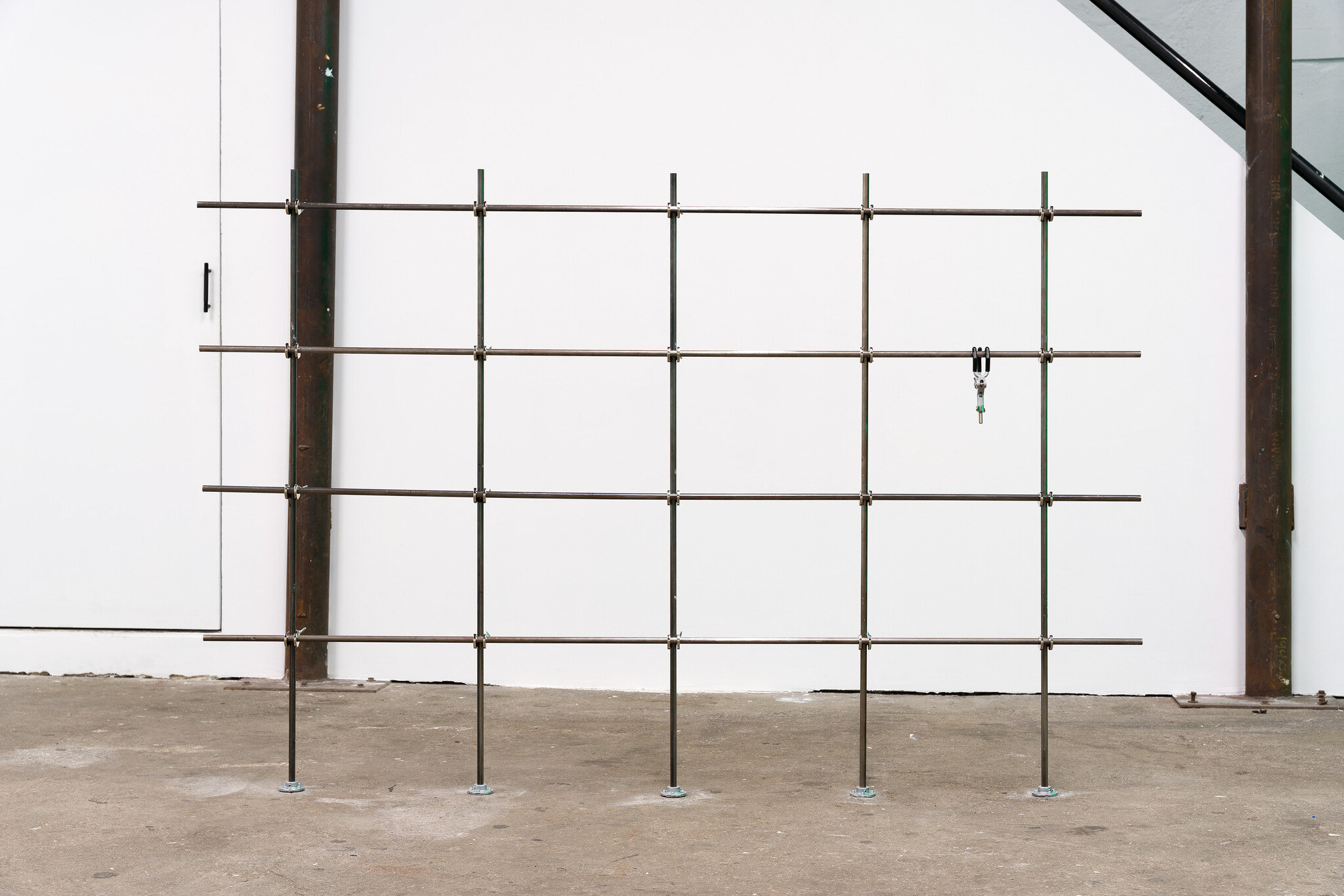
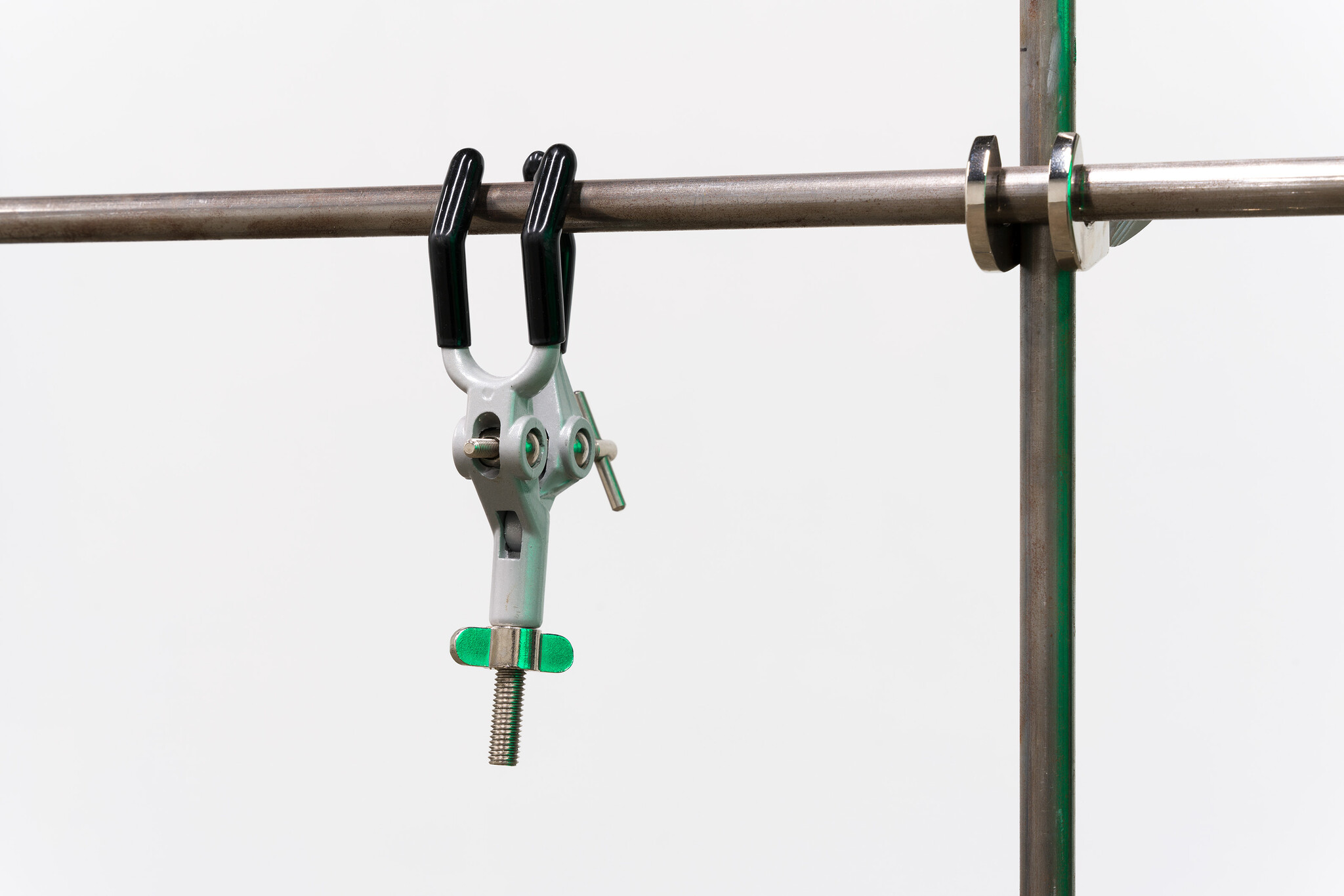
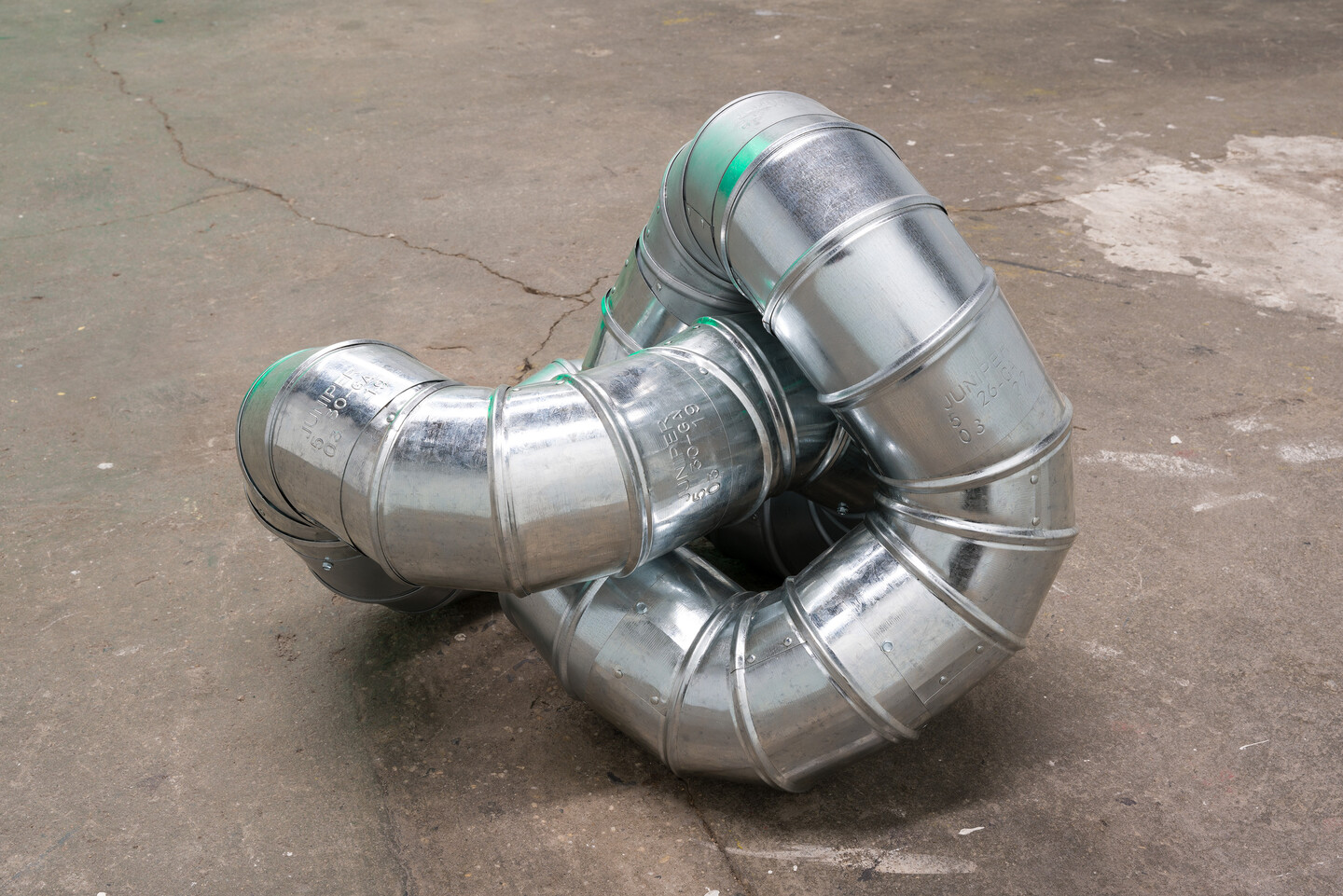
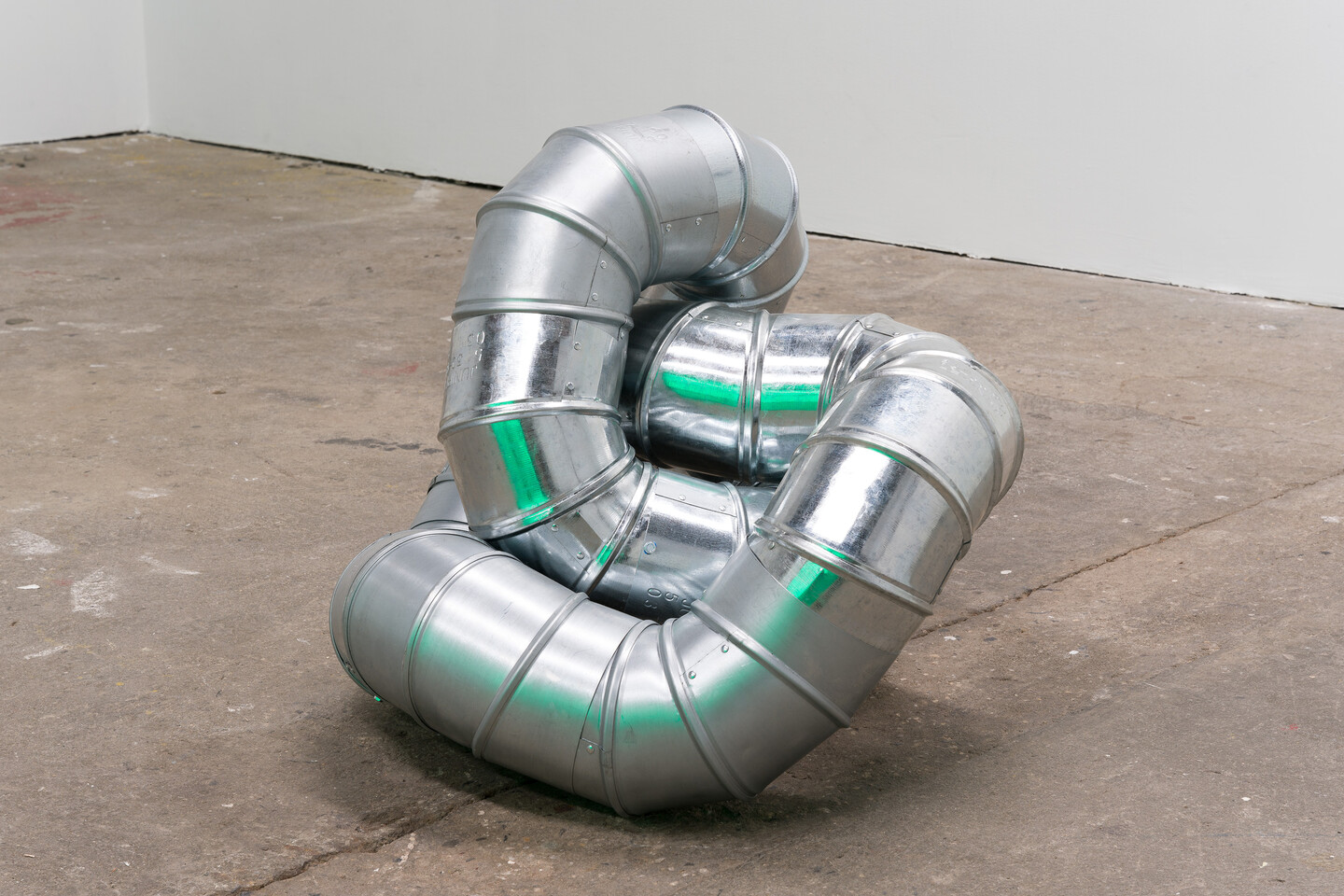
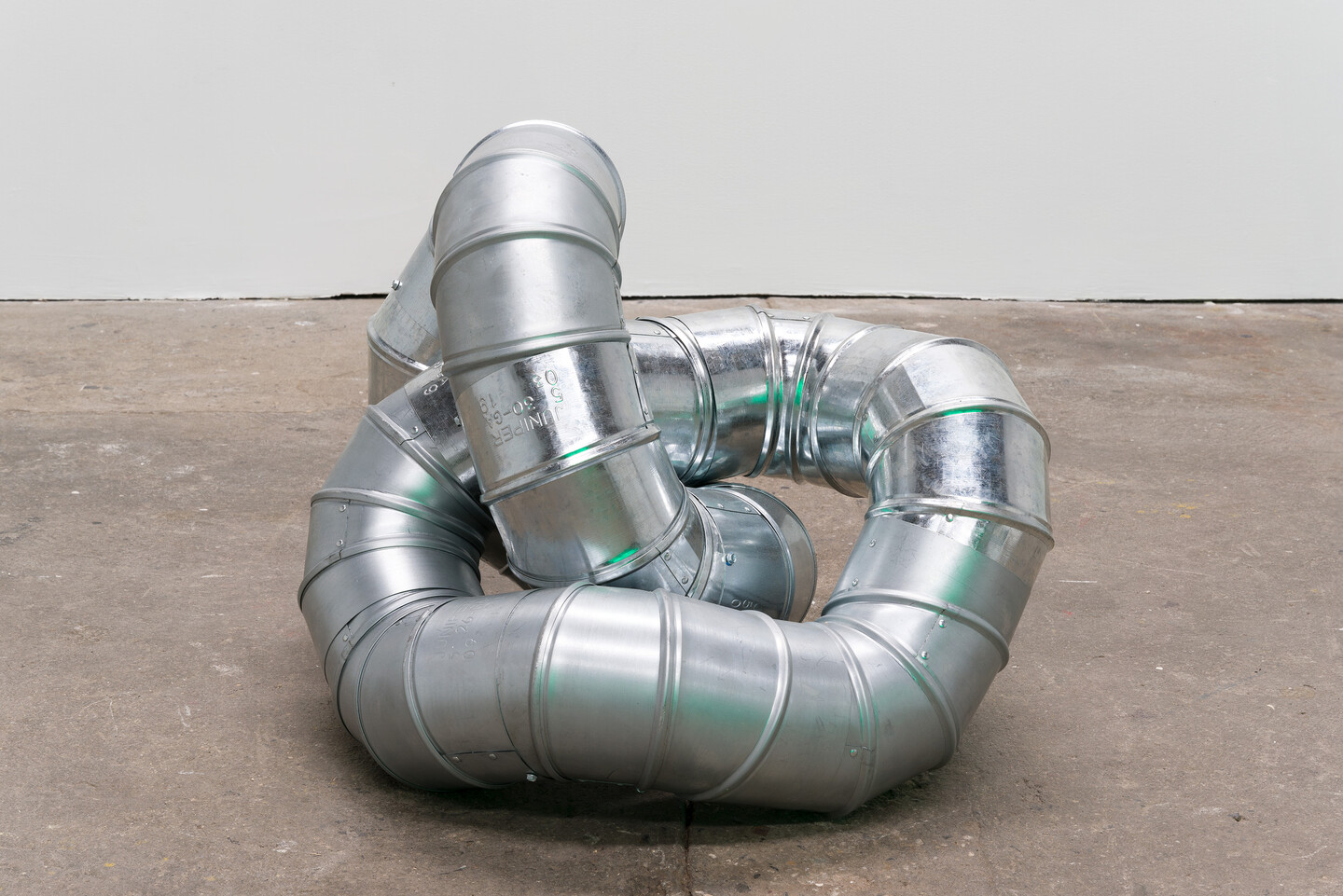
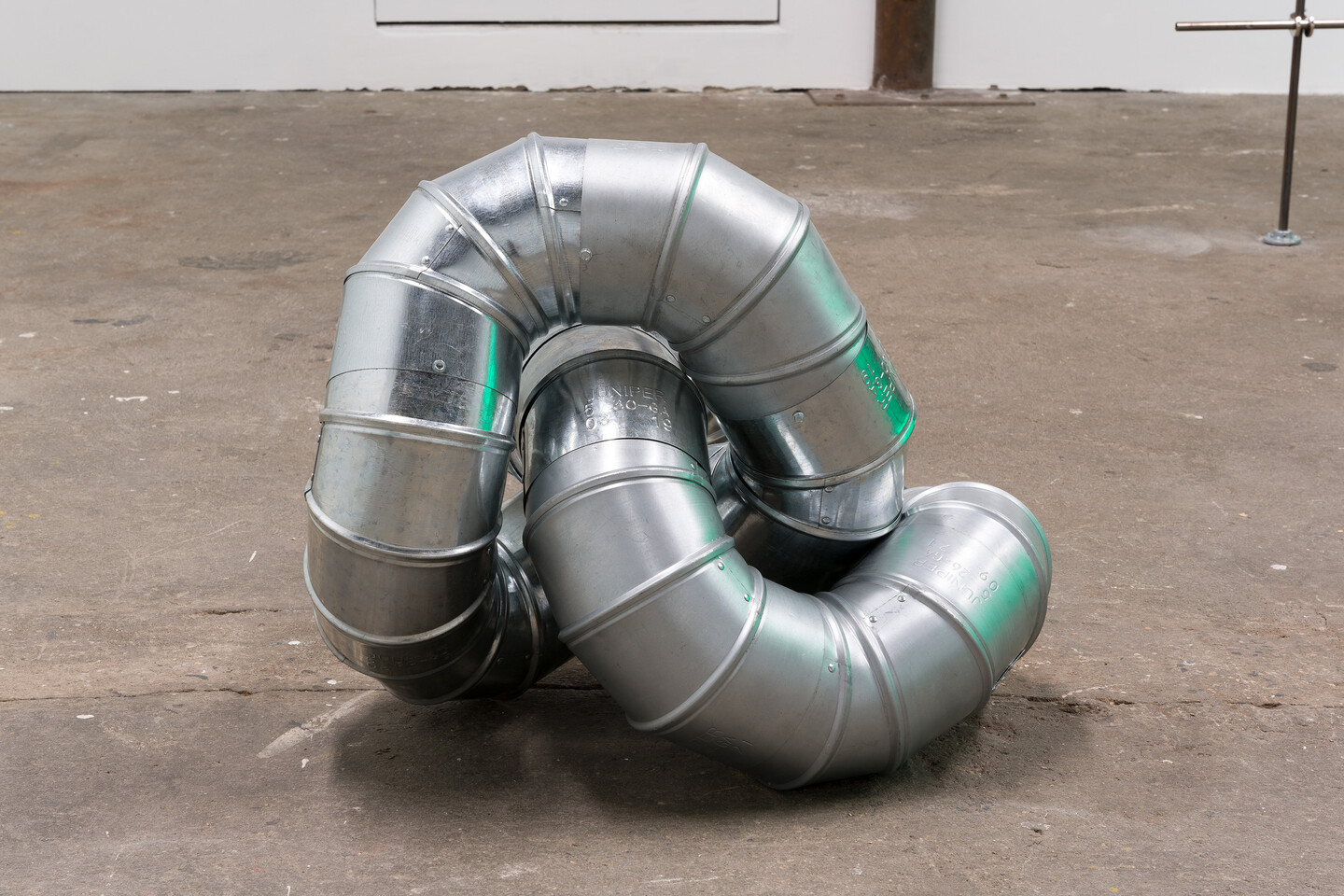
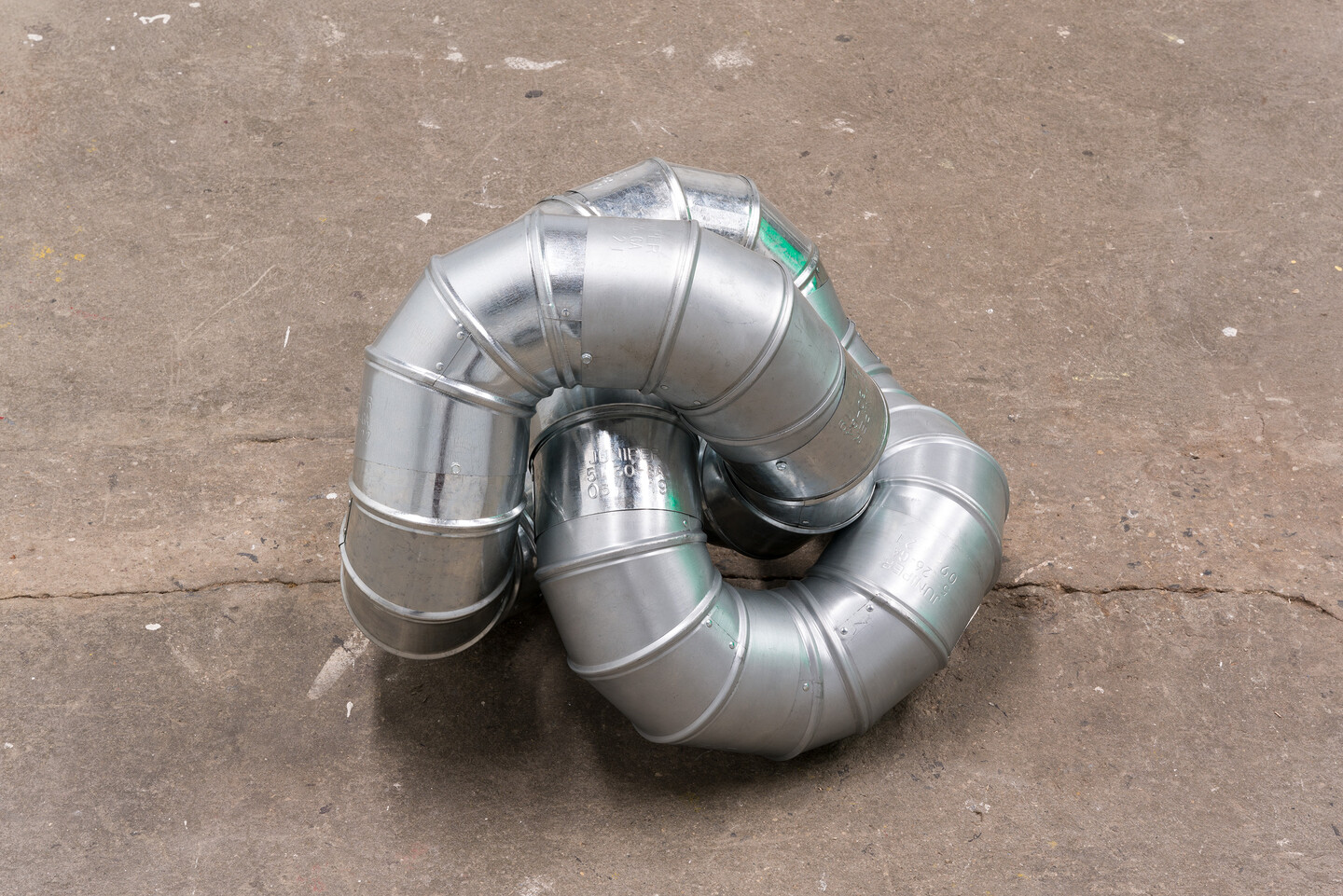
Immortality is the negated form of mortality: its basis centers mortality as the normative ground which it is different from. If god is that which is immortal, then god is a multiplicity of things which surround mortality and which mortality negates in the wake of its identity formation. Mortality is a totalizing concept on which the definition of immortality is hinged.
A similar organization of ideas can be located in the concept of freetime defined as a multitude of activities and endeavors that take place outside the workplace. This definition stems from the idea that capitalism is a totalizing framework in which the world is organized as either directly subject to capitalist production or supportive of it. A totality is any scheme that can explain the entirety of a system in such a complete and exhaustive way.
If “freetime” as a term assumes time as its normative ground, then the need for the qualifier of “free” must come from the fact that time itself is unfree — a common argument made in critiques of capitalism and modernity.
Exhaustion can be defined as the seemingly complete consumption, letting out, or consideration of something. In terms of mortal subjects, it has been called a critical buildup of fatigues, from which one has not yet recovered, resulting from a rate of production that exceeds its own reproduction.[1] It is a limit then, afterwhich travel or continuation is impossible. It is the basis from which labor’s consideration and accommodation stems – a constituent part of labor’s bargaining power. At bare minimum labor power must be reproduced at the rate of its expenditure. And yet it is not. Exhaustion is a condition to which all mortal work is subject. Freetime then, is a vital component to production because it is when reproductive labor takes place.
Non-exhaustive work could be defined in many ways.[2] For our purposes, we will define it as work performed by lives which are themselves not subject to exhaustion: immortal life.
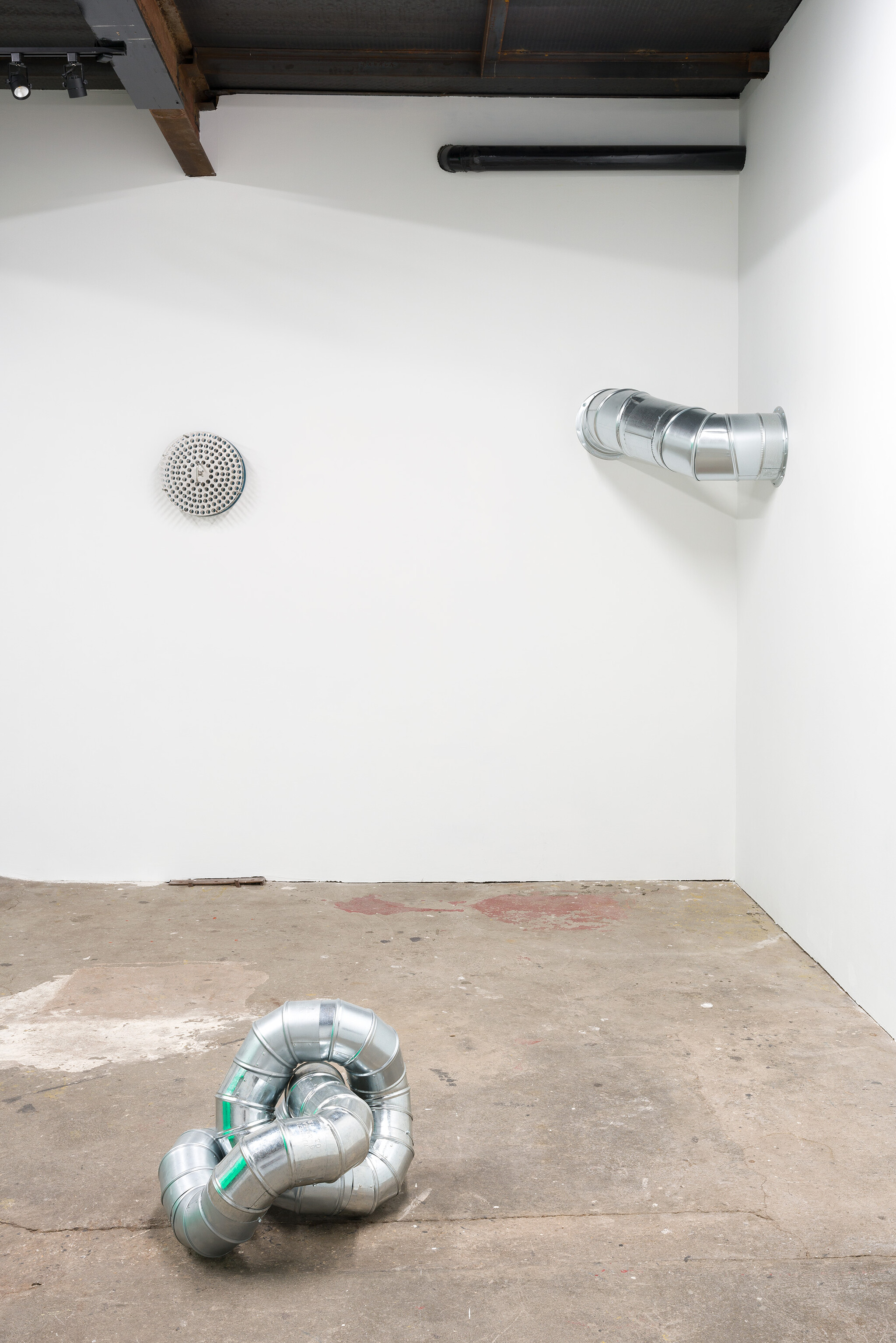
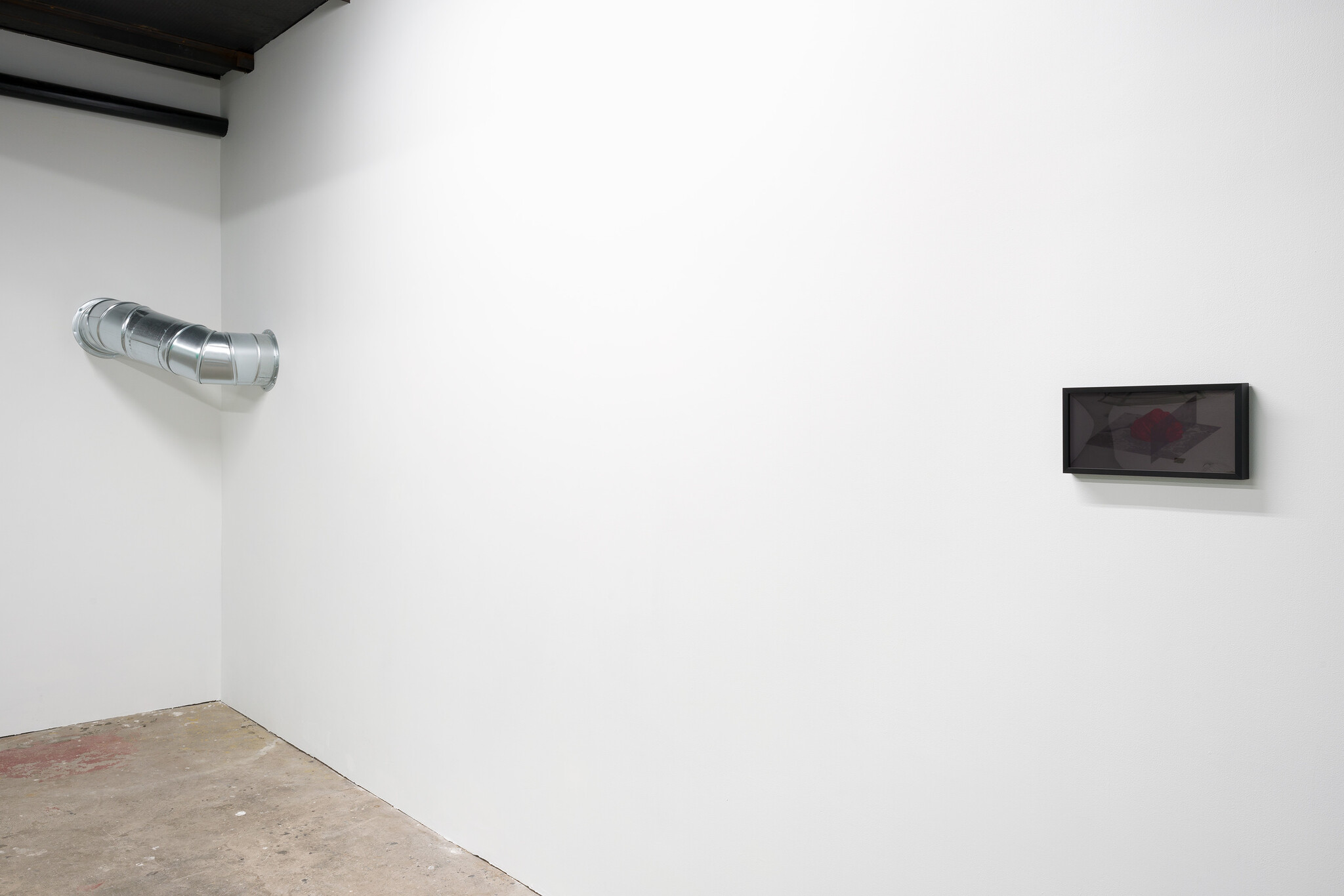
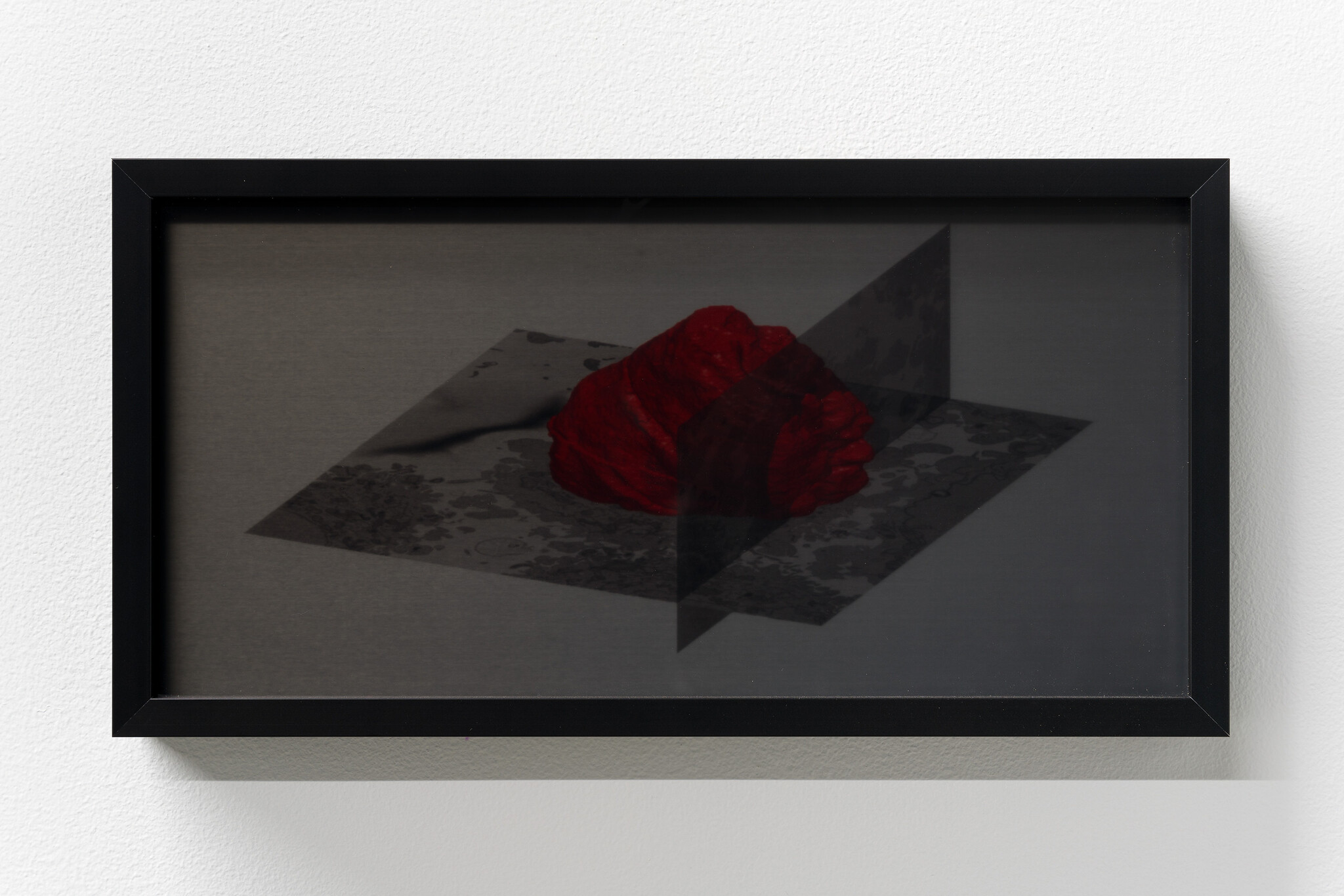
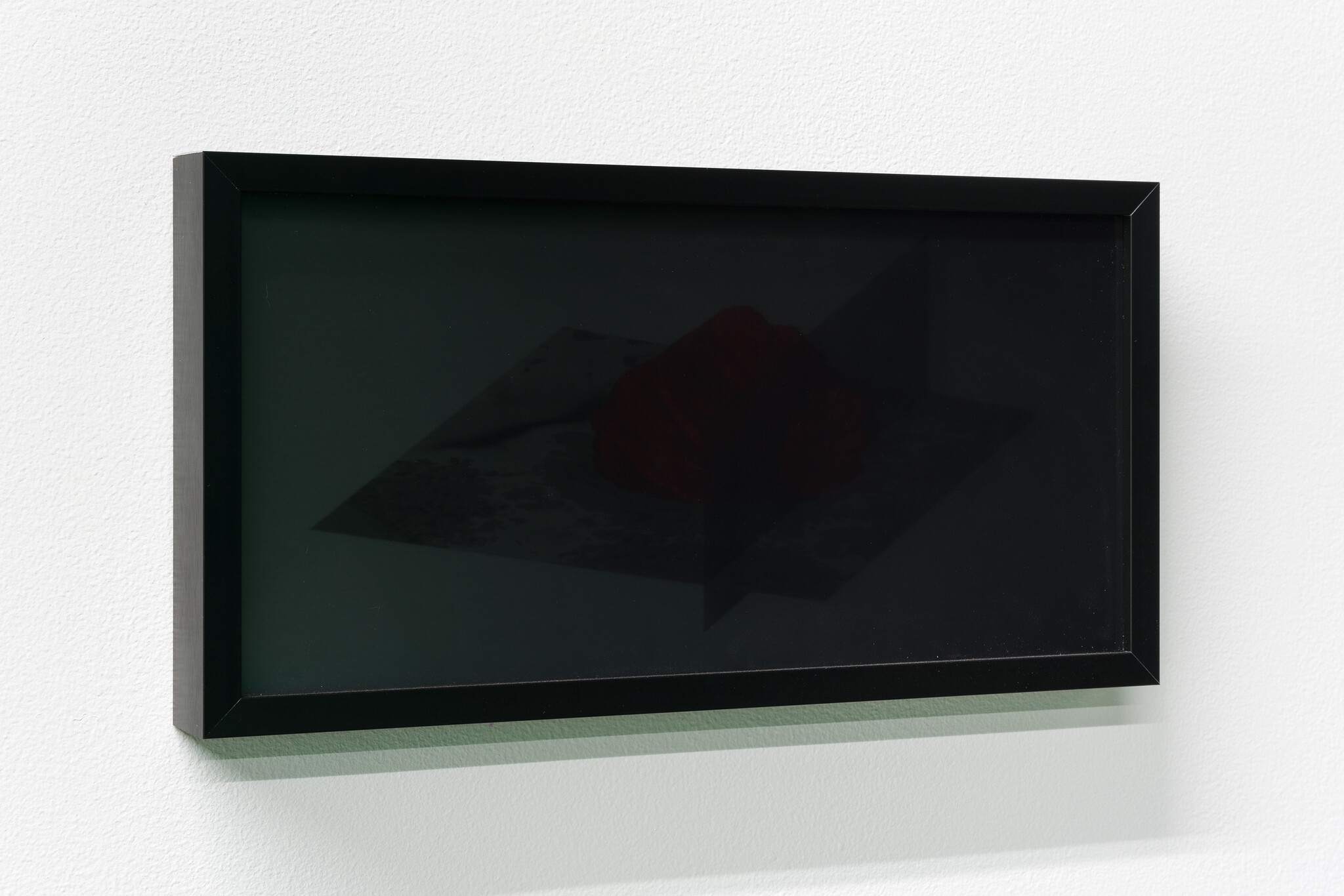
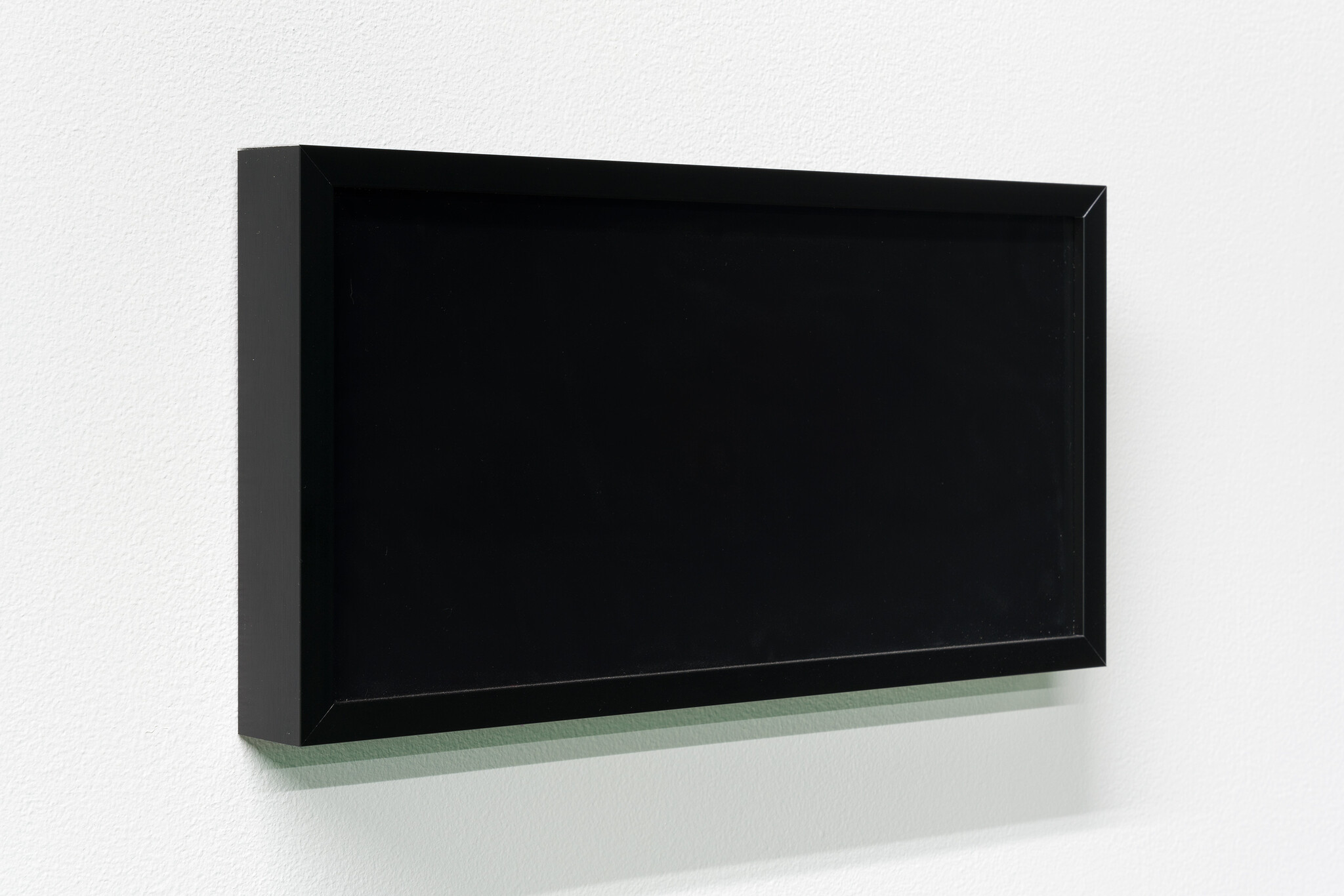
For modern mortal subjects, the antidote to exhaustion is freetime: the portion of one's schedule in which all their reproductive needs are expected to be met in excess. This is the regenerative time when the waste products of labor are let out from the human motor. Remembering now that, under capitalism, freetime is a concept distinct from time itself because of time’s fundamentally unfree nature we can see that time which is fundamentally free could reverse the conditions of mortal life and be described as the time of immortal bodies. This means that for the immortal life of the HeLa cell, it is during unfree time – their time of capture – that their reproductive needs are met in a gratuitous excess of control and generation that is dictated not by the cellular body in need, but by the research organizations and industrial complexes which enclose, ensnare, and suspend it. In the current state of the world, the cell line's life is contingent upon its capture and the abstract production of value that is derived therein.
This capture enables the extraction of data from the HeLa cell’s generational activity. Data is collected, surveilled, modeled and distributed by actors whose interests are fundamentally divergent from the HeLa cell as well as its non-consenting donor, Henrietta Lacks. In accordance with this divergence of interests, images of the HeLa cell were captured and distributed under the direction of George Otto Gey, the cells’ original warden, by his lab at Johns Hopkins University. These images demonstrate the material fact of the HeLa cell’s robust existence via the medium of photomicrography, which transposes the space of the microcosmos onto the scale of the human world. Along the same transpositional arc the story of the HeLa cell also marks the beginning of an infiltration, which claims ground at the reproductive level whose occupation is still underway and carried out via technologies of abstraction which have been called names like surveillance capitalism, the control society, and the arsenal of science.
Yet in looking now, at these images from three-quarters of a century past, another meaning of non-exhaustive work emerges. If exhaustive can mean “everything” or “all-encompassing” as in going to great lengths, thorough; then we may understand the non-exhaustion of HeLa cells at work as also embedded in life itself. Or put another way, life can recognize life and be cared for. What of the HeLa line’s non-exhaustiveness? A non-exhaustive immortality which is incomplete, or which is not everything. An undeniable infectiousness, a reproduction that is both unavoidable and tenacious but also is not totalizing or categorical; a non-exhaustive existence as an ethical question for death, life, afterlife, and the fictions that separate them.
Text by
Jason Hirata and Park McArthur
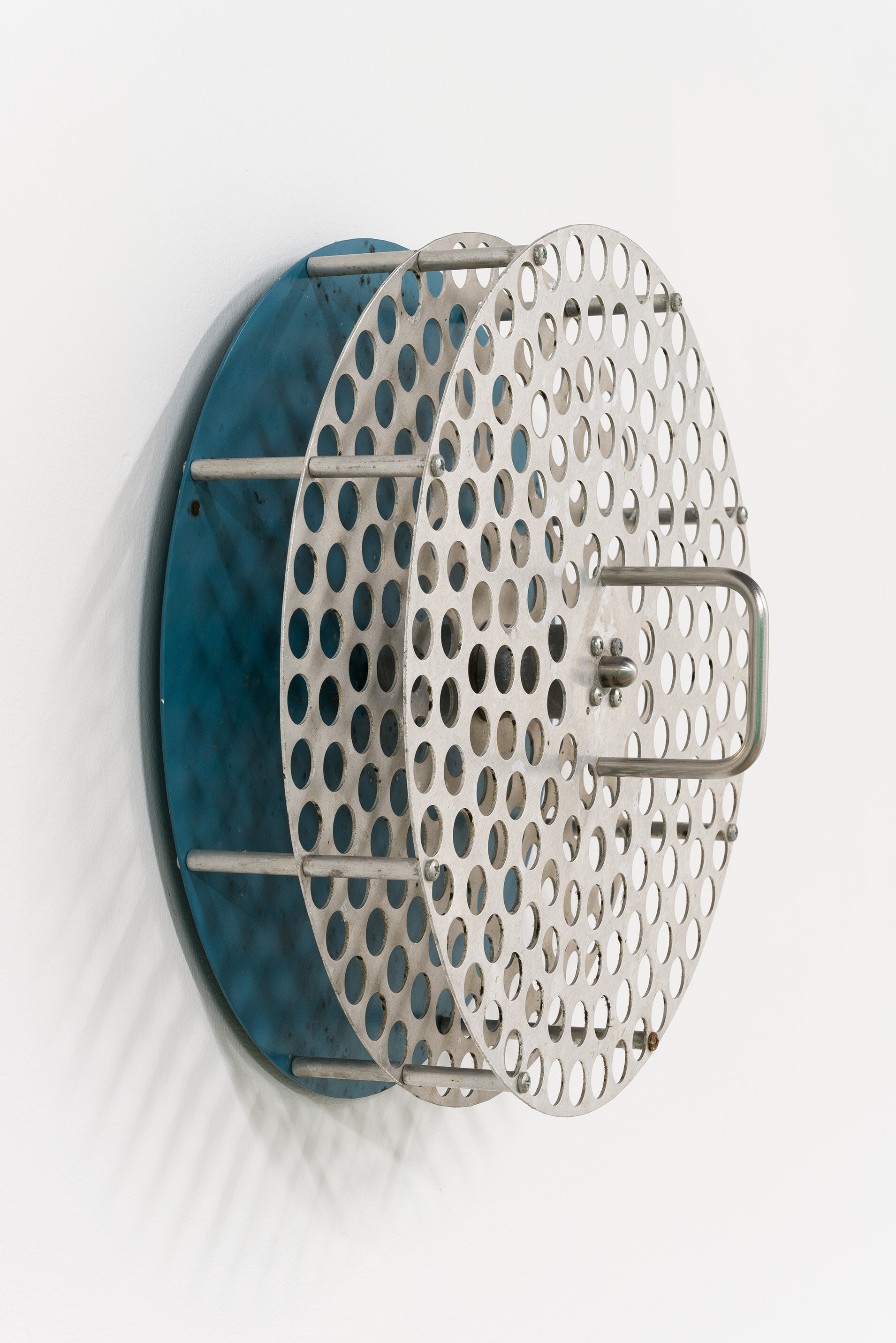
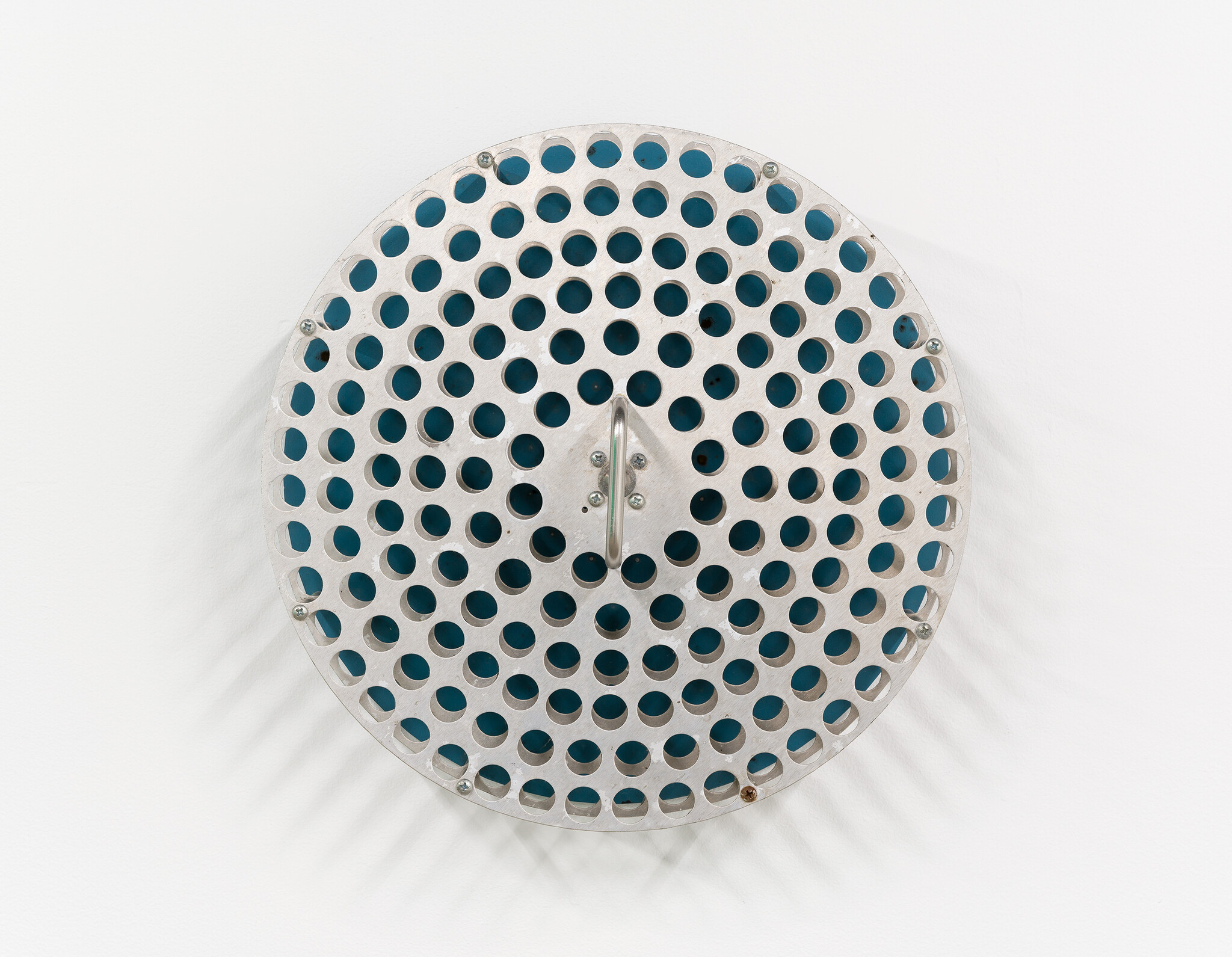
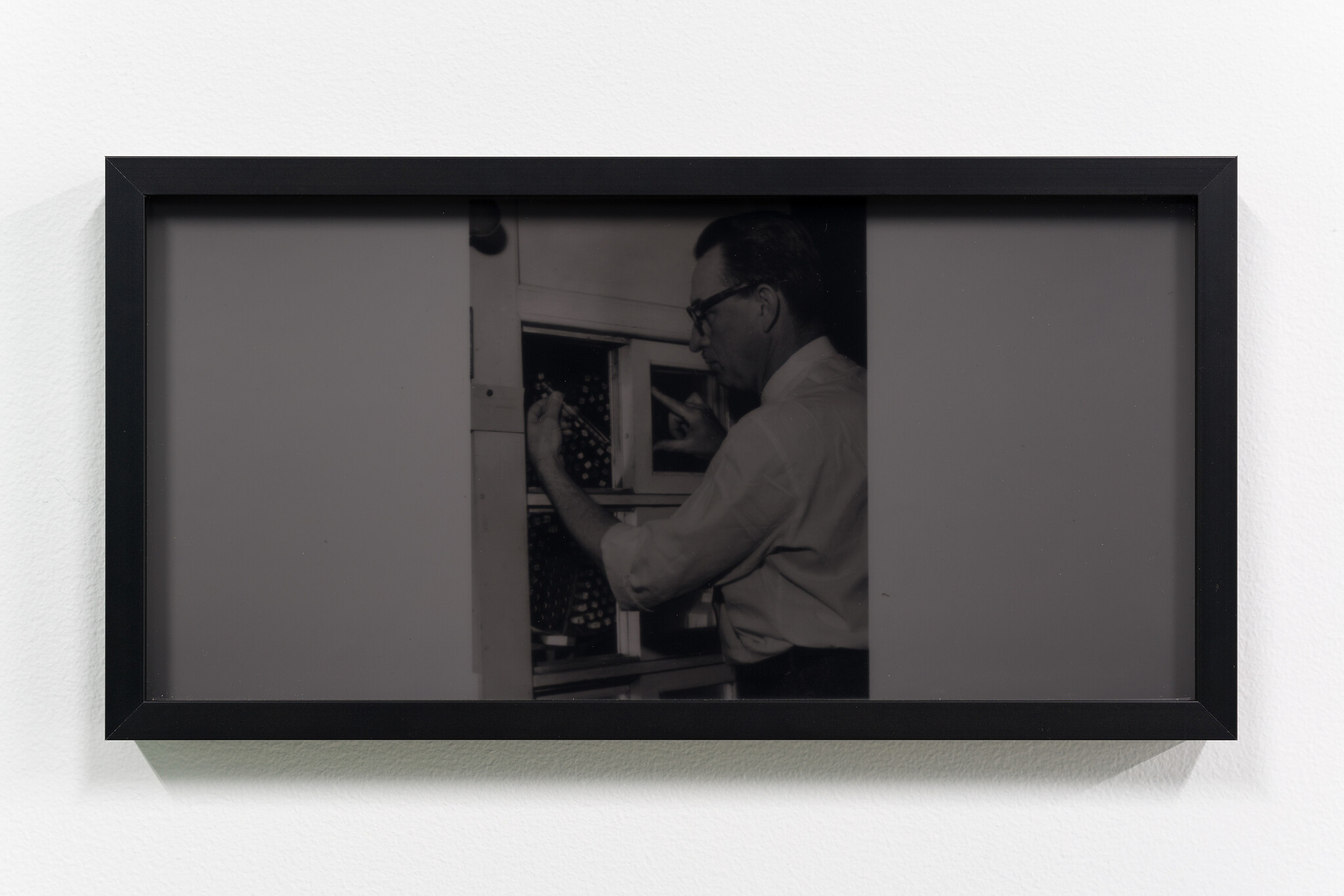
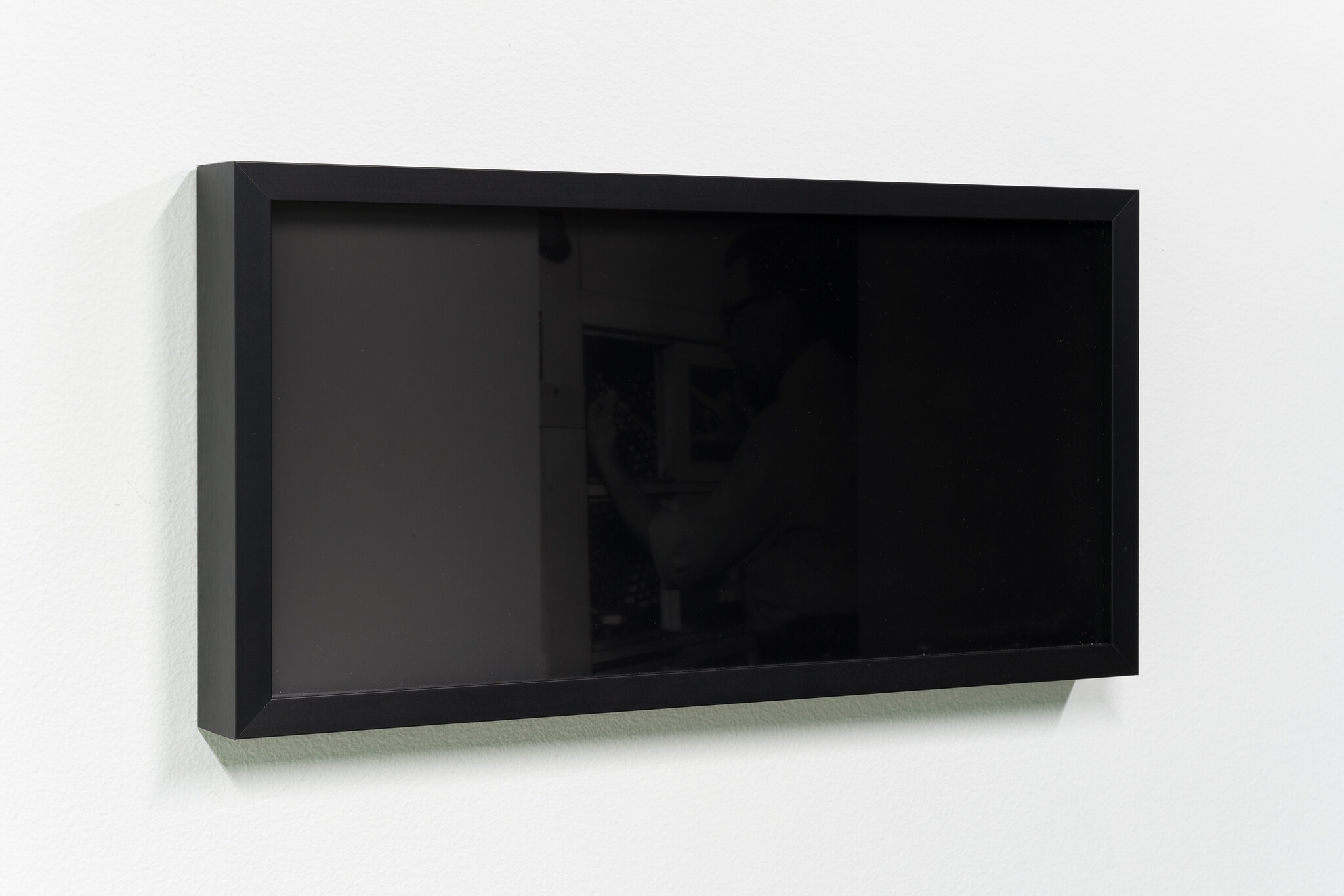
fields harrington is an artist who lives and works in Brooklyn, NY. He works across disciplines and media to investigate the social and political dimensions of race, value, and the complex history of science. fields studied at San Antonio Community College and received his BFA from the University of North Texas and his MFA from the University of Pennsylvania. He was a participant in the Whitney Independent Study Program (2019-2020). He has presented solo exhibitions at David Salkin Gallery (2020), and Y2K Group (2021). He has also exhibited in group shows at Parsons School of Design, Recycled Artist In Residence, 52-07 Flushing Avenue, and Automat Gallery. fields harrington was a L.A.B. researcher in residence at The Kitchen in collaboration with The School for Poetic Computation (2023) and participated in the research residency Site to be Seen at RAIR (2021), and teaches at Eugene Lang College of Liberal Arts at The New School, Parsons School of Design, and The Cooper Union.
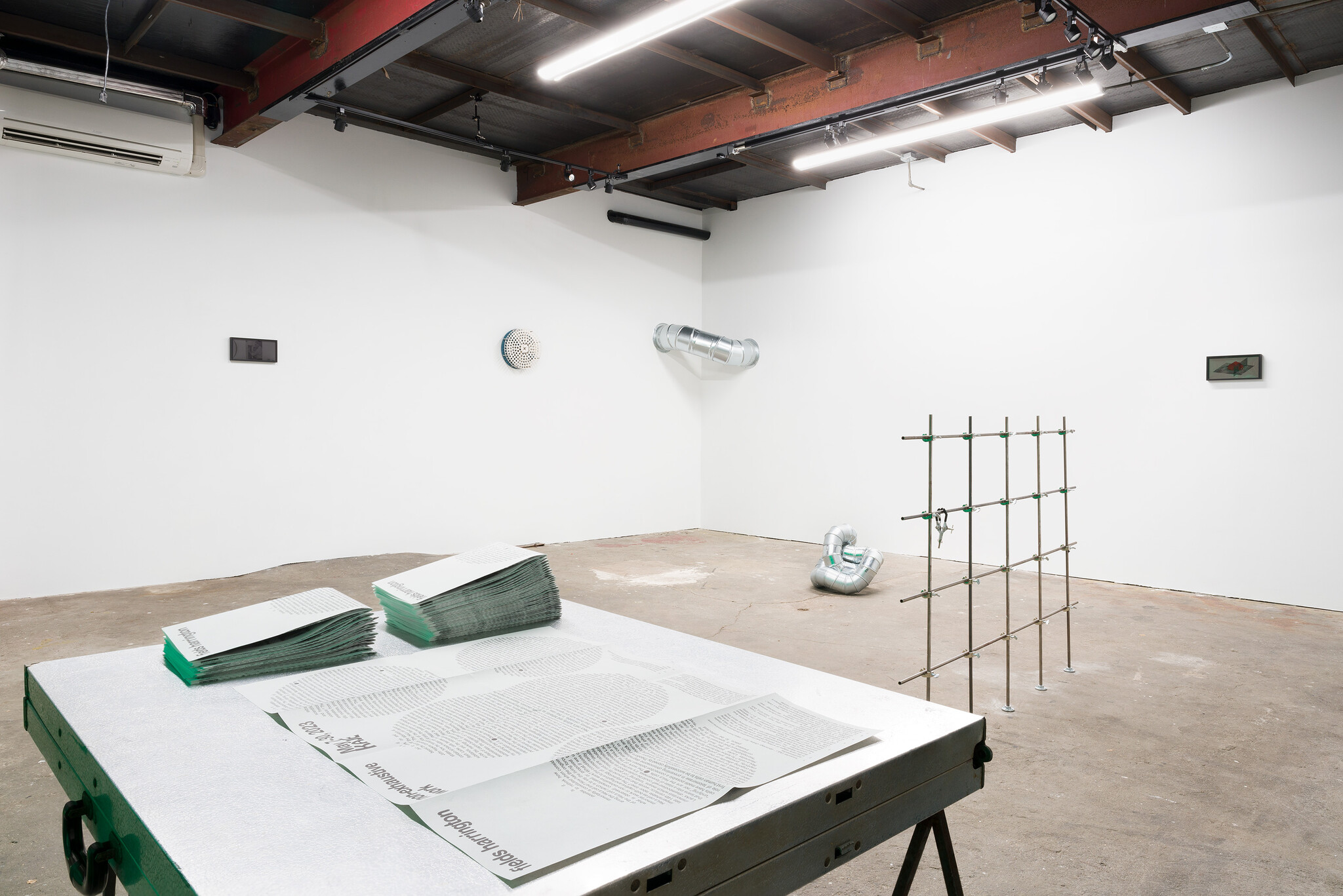
non-exhaustive work, a solo exhibition by fields harrington, is one of two exhibitions at KAJE as part of a project in overarching collaboration with Jason Hirata; the project will continue with a solo exhibition by Anna Rubin, and conclude with a publication authored by all three contributors.